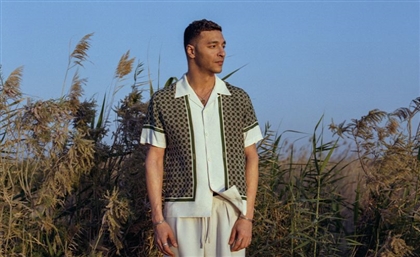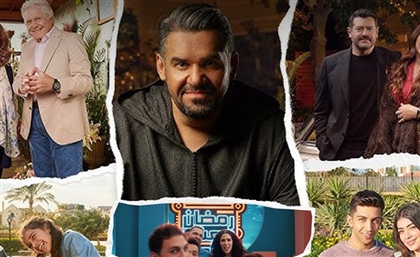What’s in a Lantern?
Rahma Zein El Din heads to Al Azhar Park where the Swiss Embassy has teamed with eight Egyptian artists for a collision of cultures, combining Basel's traditional 'Fasnacht' lanterns with Egypt's symbolic, spiritual ones.

For as long as we can remember, the reemergence of the fanoos (lantern) on the streets of Egypt signaled that Ramadan was near. It's strange that not many question the relationship between Ramadan and these lanterns. Stranger still is that our culture is not the only one that turns to lanterns in celebration. The Chinese have there own version, as does India. However, when one thinks of the West, a humble lantern doesn't seem to have its place. Proving otherwise is the Swiss Embassy in Cairo who have enlightened us, quite literally, with their latest collaboration between Swiss and Egyptian artists. Who'd have known that in the enchanting city of Basel, Switzerland, the annual Fasnacht Carnival sees all the lights switched off and, at the crack of dawn, sees locals illuminate the streets with beautiful coloured lanterns? and at 4:00AM people go down and light the streets with beautiful, coloured lanterns. Thus, the Swiss Embassy has organised a workshop and resulting exhibition, where cultures collide; Egypt's traditional Ramadan lanterns produced using the Swiss technique of Fasnacht.
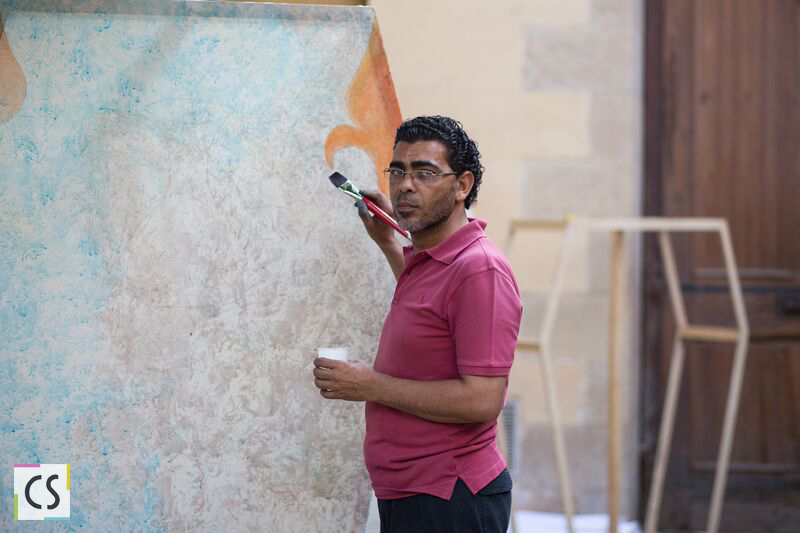
Have you ever thought about the origin of the Ramadan lantern? Walking into the workshop surrounded by grand lanterns and beautiful colours in the midst of creation, a discussion was triggered on the history of the fanoos. During the Fatimid Caliphate, there needed to be a sign to tell all that it was time to fast. To do this, mosques were ordered to light lanterns and this, a tradition was born. Another theory as to their origins was that Ramadan was the only time of year that women were allowed to walk the streets publicly. According to folklore, a young boy would accompany, them holding up a lantern to signal that a woman was passing so men would clear the way.
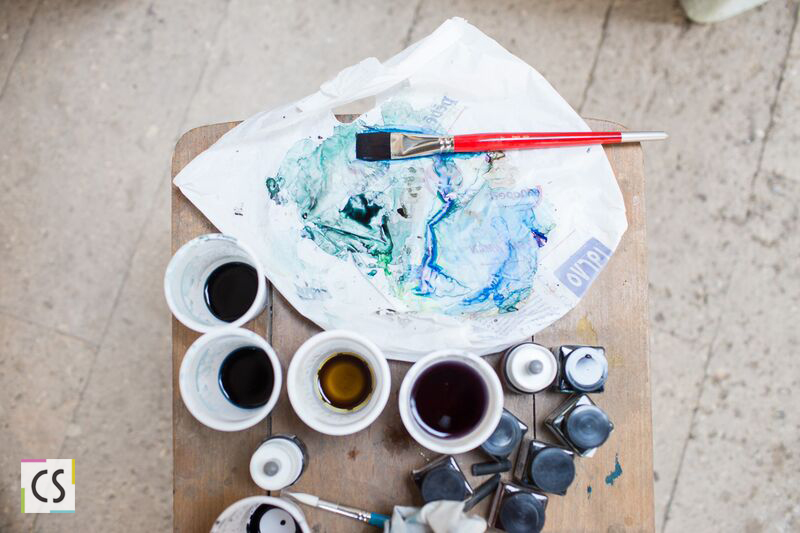
Swiss artist Tarek Moussalli flew in from Basel this June in order to set up this workshop, working with eight Egyptian artist for this unique cultural exchange. Bringing with him his expertise in the Basel-style lantern, he instructs his colleagues on the traditional Swiss techniques, which were being carved in front of our eyes into a more familiar shape. Walking into the workshop, strategically set in Al Azhar Park, we were welcomed with grand wooden art pieces more than a metre high.
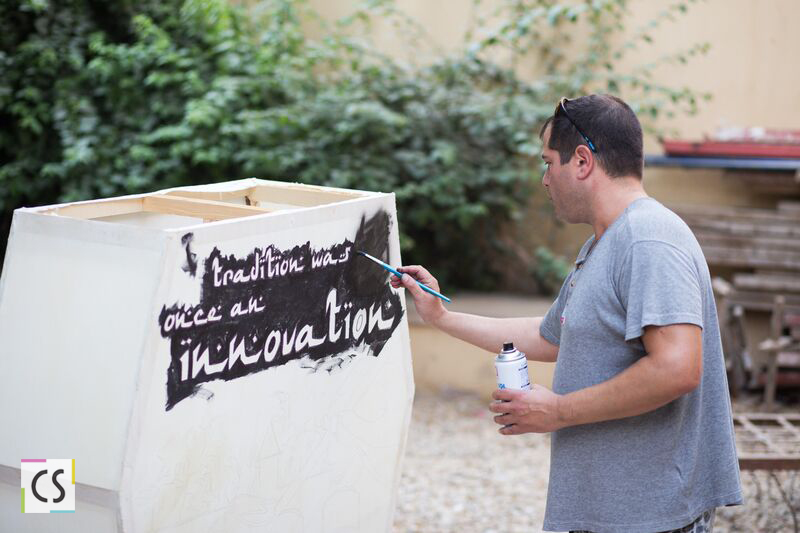
Moussalli chisels and pains away at his own lantern, as we circulate and admire the grand piece of work. “I think this is a very interesting exhibition. I had no idea Egypt also celebrated using lanterns. We are not just using the same process used to make the lanterns in Basel but, importantly, we are using the same material that will allow the light to shine through. I came with a book of the history of Fasnacht and I sat with the artists and we brainstormed and exchanged ideas and talked about the technique so I’m very excited," he says.
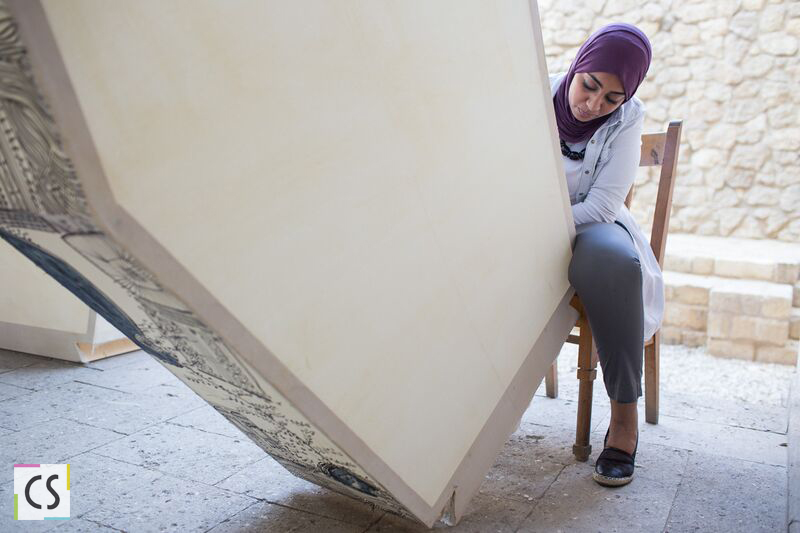
Speaking with the exhibition's curator Fatma Hendawy, we get a deeper sense of what the artists involved have been challenged with. “The idea is that any tradition is at one point innovation, and now we are innovating the tradition further. Artists are free to paint what they want on the lantern so each one is bringing their own style and aesthetic to their piece. It is a very rich exhibition in terms of ideas and the art behind it. It is interesting that we have managed to merge the two traditions in one exhibition; the one in Basel was born out of political and social occurrences, whereas the Ramadan fanoos is purely spiritual," she explains. Hendawy continues that it is important to look at the fanoos from an artistic perspective; “it is strange that not many visual artists have considered what they can do with the Ramadan fanoos, as if dismissing it as a cliche. This exhibition gives a new angle to the Egyptian lantern and I’m excited to see the audience’s reaction to the spin off on the traditional pieces. Hosting the exhibition in Al Azhar Park also promotes art in public spaces."
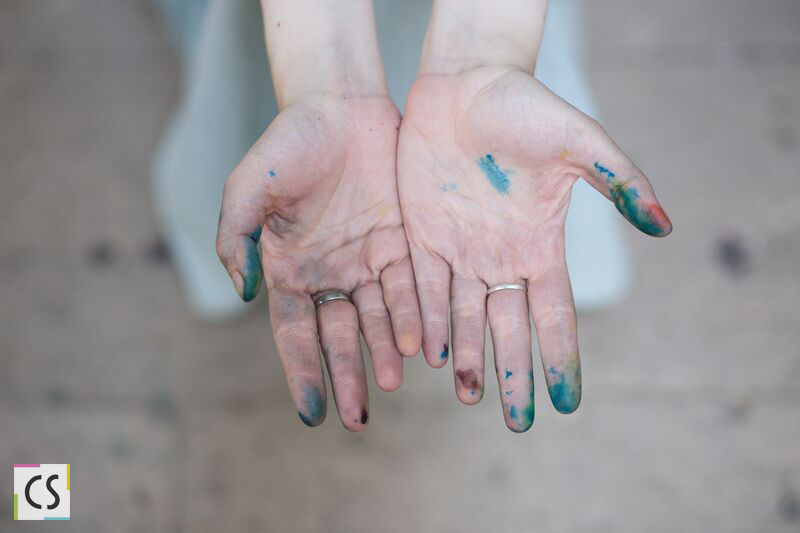
Each artist intently maneuvers the huge lanterns, careful it wouldn’t topple over. “What I plan is to use traditional colours and Islamic patterns on my lantern to emphasise the collision of the different traditions,” explains participating artist Khaled Youssef. As for Sara Hamdy, she chooses to use her piece as a visual journey, using the intrinsic value of a lantern to her benefit, explaining that “my lantern tells a story of a young girl whose journey, guided by light, takes her thirty days; the duration of Ramadan. The idea here is light - I’m not focusing on the lantern as a religious emblem but the use of its light."
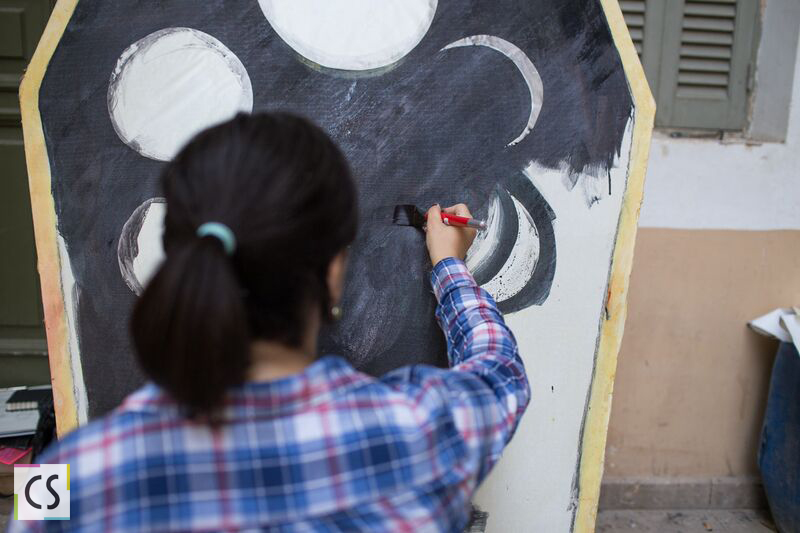
Nihad Saed passionately talks about a social issue which she hopes to reflect through her work, as her intricate design begins to take shape. "Looking from afar, my lantern looks like an explosion of patterns and words that don’t make sense... But when you come and look closely, you may find something, and this chaos represents the current state we’re in...even the deformation of Ramadan lanterns, that are now mainly made in China. I mean, you now have Spongebob lanterns now which really attacks the culture and art of the fanoos." Kamila Bassiony, with her deep green painted lantern, admits she was drawn to the project as much needed injection of art in accessible places; “I like the idea of street art and its promotion. I also look at these lanterns as art in 3D and it really opens your eyes and improves your technique as an artist. I try as much as possible to join art projects that make you think outside of the box."
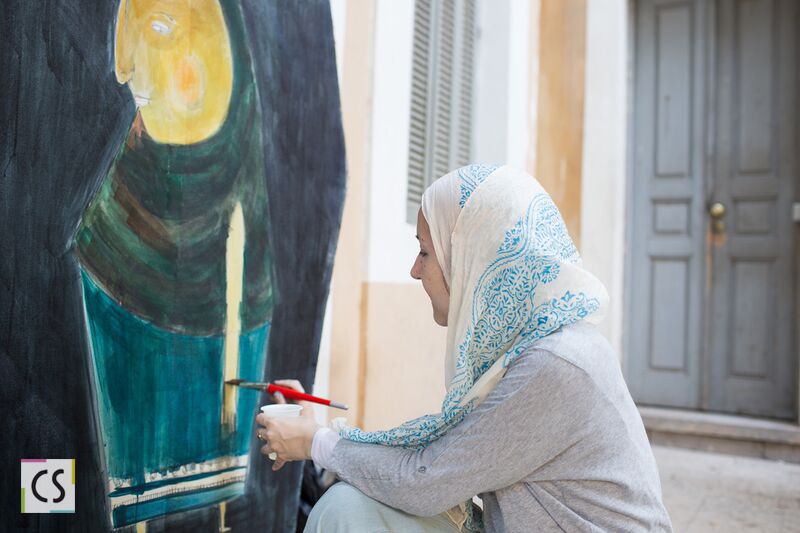
Opening Monday June 15th, the exhibition at Al Azhar Park's main entrance will certainly challenge traditions, but with that, we might just find a renaissance or renewal of something that once screamed spirituality but now often carries the imprint of commercialism. With these artists painstakingly perfecting their pieces, the exhibition will run for the whole month of Ramadan, shedding light on the majestic and artistic side of the Holy Month.
Photography by Christina Rizk.
Trending This Week
-
Apr 03, 2025




